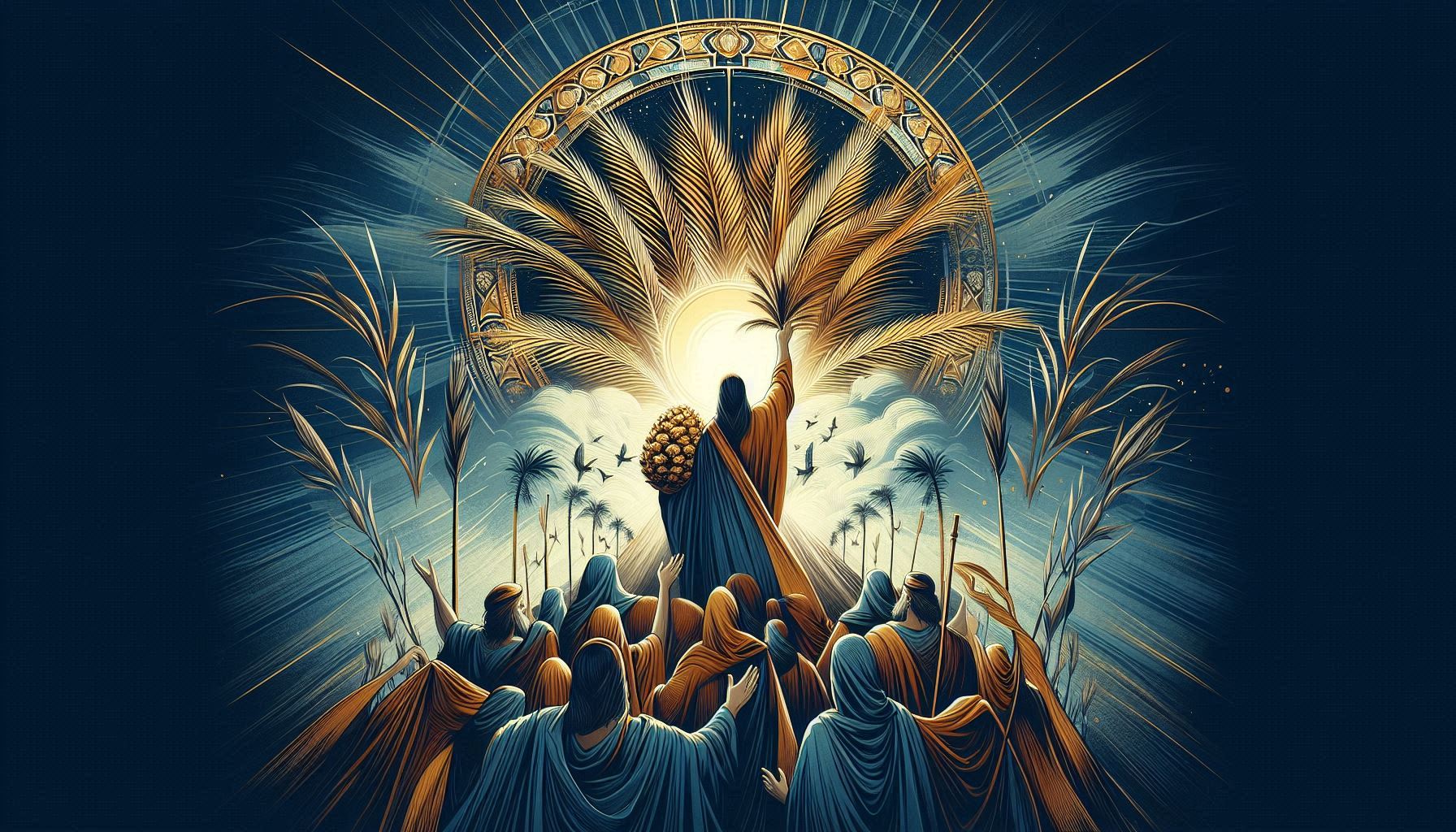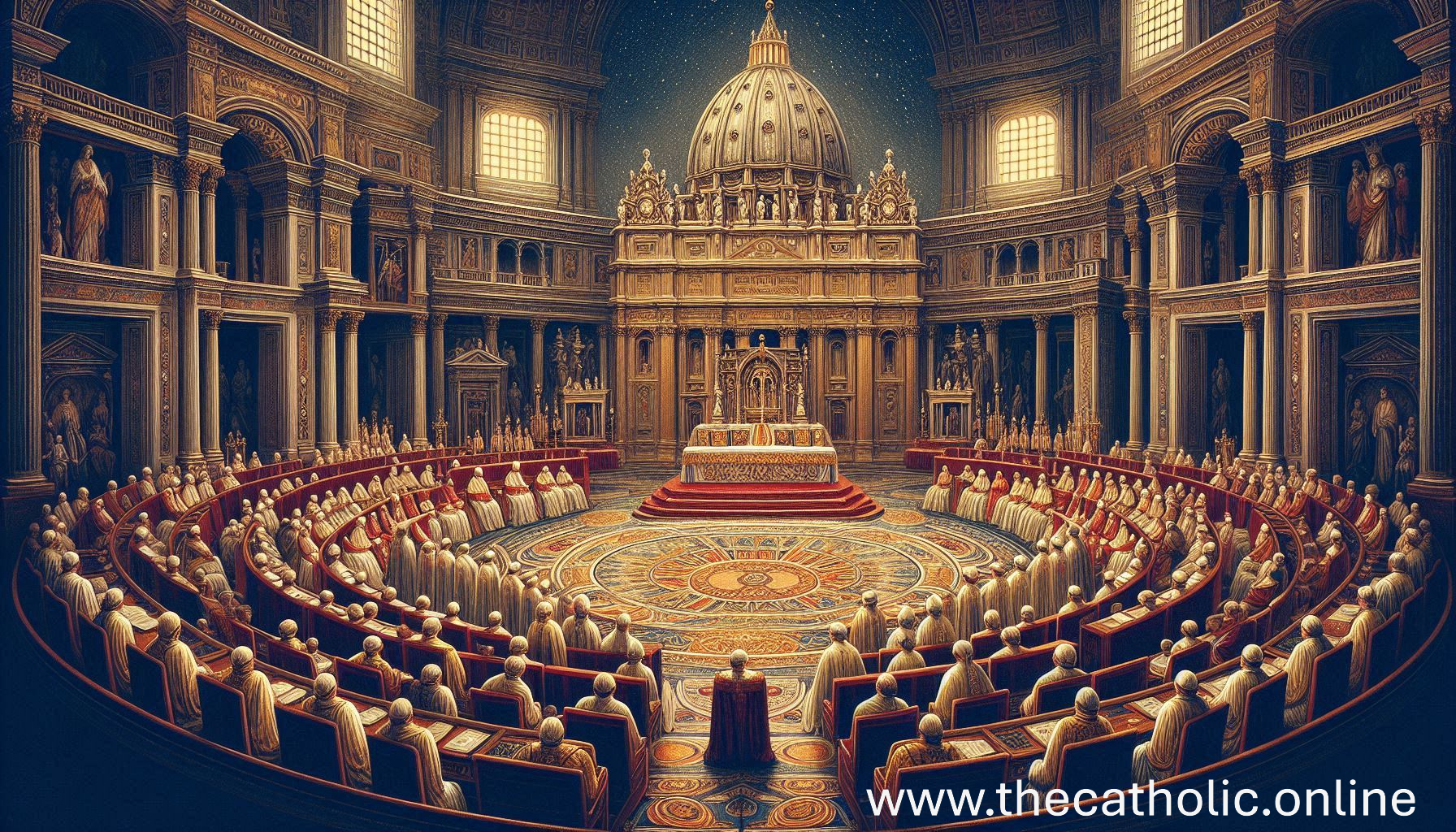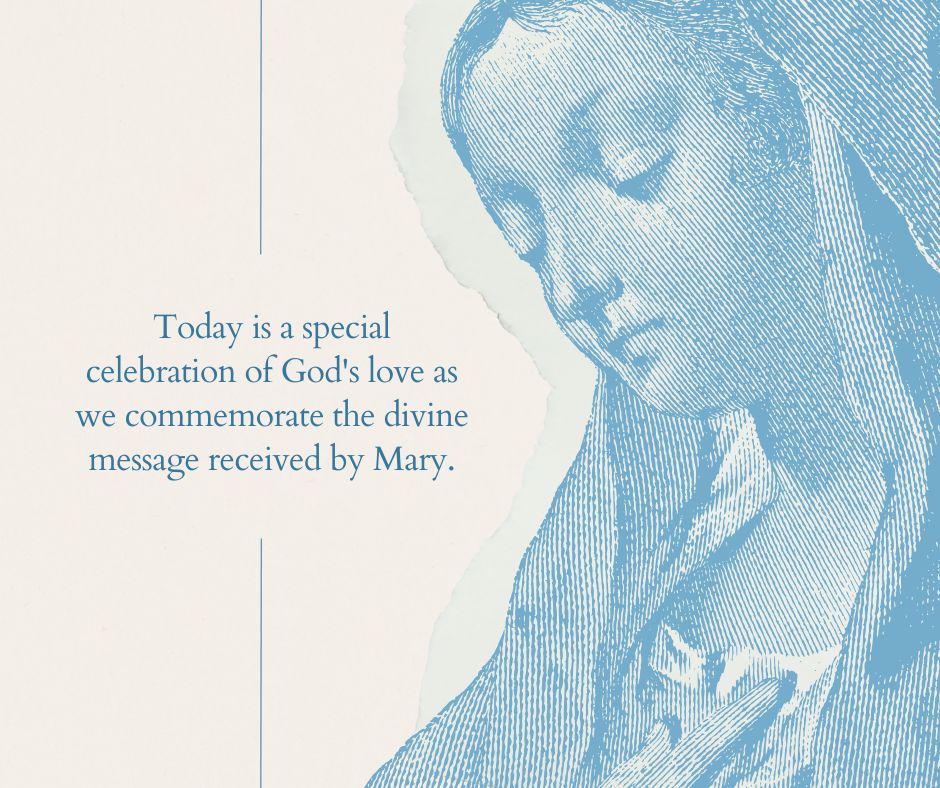
 Add to favorites
Add to favoritesPrayer is a powerful and deeply personal practice that holds different meanings and significance for people across the world. It’s a way to connect with the divine, seek guidance, offer gratitude, and find solace in times of need. One of the most renowned prayers is the Lord’s Prayer, also known as the Our Father, which holds a special place in Christianity. While it is a concise prayer, it is rich in meaning and offers several insights into the nature of prayer itself. Let’s explore seven insightful things we can learn about prayer from the Lord’s Prayer:
Addressing the Divine:
The Lord’s Prayer begins with the phrase “Our Father in heaven.” This address acknowledges the sacred relationship between the individual and the divine. Referring to God as “Father” conveys a sense of intimacy and familial connection, while acknowledging His transcendent nature with the phrase “in heaven.” This combination of familiarity and reverence sets the tone for the rest of the prayer.
Acknowledgment of God’s Holiness:
The prayer continues with the line, “Hallowed be Your name.” Here, we affirm the holiness and sovereignty of God. By desiring that His name be revered, we acknowledge His supreme authority and acknowledge our humble place before Him. This serves as a reminder of the reverence and awe that should accompany our prayers.
Surrendering to God’s Will:
The next petition, “Your kingdom come, Your will be done, on earth as it is in heaven,” reflects a surrender of personal desires to the greater purpose of God’s kingdom. It underscores the importance of aligning our intentions and actions with God’s divine will. This petition encourages us to seek harmony between heaven and earth, recognizing that God’s plan transcends our own limited perspectives.
Petition for Daily Needs:
“Give us this day our daily bread” is a plea for sustenance and provision. Beyond its literal meaning, it symbolizes our dependence on God for our physical, emotional, and spiritual needs. By seeking our daily bread, we acknowledge our reliance on divine providence and express gratitude for the blessings we receive each day.
Forgiveness and Repentance:
In the line “And forgive us our debts, as we also have forgiven our debtors,” we acknowledge our imperfections and the need for divine mercy and forgiveness. This petition emphasizes the importance of extending forgiveness to others as we seek forgiveness from God. It underscores the interconnectedness of forgiveness and reconciliation in fostering spiritual wholeness and peace.
Protection from Temptation:
“And do not bring us into temptation, but deliver us from evil,” is a plea for divine guidance and protection. It acknowledges the presence of temptation and evil in the world while expressing trust in God’s power to safeguard us from harm. This petition invites divine intervention in navigating life’s challenges and overcoming adversity.
Closing with Praise and Adoration
The Lord’s Prayer concludes with the affirmation, “For Yours is the kingdom and the power and the glory forever. Amen.” This declaration reaffirms God’s sovereignty, power, and glory for all eternity. It serves as a fitting conclusion to the prayer, offering praise and adoration to the divine.
In conclusion, the Lord’s Prayer serves as a profound blueprint for meaningful and transformative prayer. Its timeless wisdom offers insights into the essence of prayer as a spiritual practice that nurtures our relationship with the divine, guides our actions, and fosters inner transformation. By embracing the teachings embedded within the Lord’s Prayer, we can deepen our understanding of prayer and draw closer to the divine presence in our lives.
Views: 60












